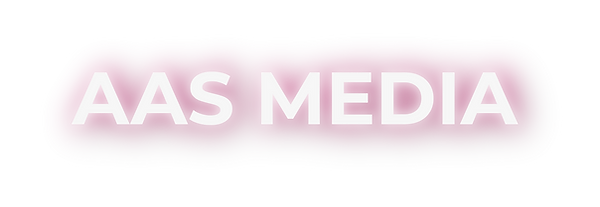
How To Start A Podcast: A Beginner's Guide
Jul 28, 2024
3 min read
0
2
0

Podcasts have become a powerful medium for sharing stories, ideas, and expertise. Whether you’re passionate about a hobby, want to build your brand, or simply enjoy engaging conversations, starting a podcast can be a rewarding endeavor. Here’s a step-by-step guide to help you launch your podcast.
Define Your Concept
Before diving into the technical details, it’s crucial to have a clear vision for your podcast. Consider the following:
- Topic: What will your podcast be about? Choose a subject you’re passionate about and knowledgeable in.
- Format: Will it be interview-based, storytelling, solo commentary, or a panel discussion?
- Target Audience: Who are you creating this podcast for? Understanding your audience will guide your content and style.
Plan Your Episodes
Outline a few episodes before recording to get a sense of structure and flow. Think about:
- Episode Length: Typically, episodes range from 20 minutes to an hour.
- Frequency: Decide how often you will release new episodes—weekly, bi-weekly, or monthly.
- Content: Prepare scripts or bullet points to keep your episodes focused and engaging.
Get the Right Equipment
You don’t need a professional studio, but good quality equipment can significantly improve your podcast’s sound. Essentials include:
- Microphone: A USB microphone like the Audio-Technica ATR2100x or the Blue Yeti is a great start.
- Headphones: To monitor audio quality while recording.
- Computer: For recording and editing your podcast.
- Recording Software: Audacity (free) or GarageBand (for Mac users) are beginner-friendly options.
Record Your Podcast
Find a quiet space to minimize background noise. Here’s how to get started:
- Set Up Your Equipment: Connect your microphone to your computer and adjust the settings.
- Test Your Audio: Record a short test clip to ensure your microphone is working correctly.
- Start Recording: Follow your episode outline, but allow room for spontaneity.
Edit Your Podcast
Editing is where your podcast starts to take shape. Basic editing tasks include:
- Trimming: Cut out mistakes, pauses, and tangents.
- Adding Music: Intro and outro music can give your podcast a professional touch.
- Enhancing Audio: Use noise reduction and equalization to improve sound quality.
Choose a Hosting Platform
Your podcast needs a home where listeners can download or stream your episodes. Popular hosting platforms include:
- Libsyn
- Podbean
- Anchor
- Buzzsprout
These platforms generate an RSS feed, which you’ll need to submit to podcast directories.
Submit to Podcast Directories
To reach a wider audience, submit your podcast to popular directories such as:
- Apple Podcasts
- Spotify
- Google Podcasts
- Stitcher
Follow each platform’s submission guidelines, and ensure your podcast cover art and description are polished and compelling.
Promote Your Podcast
With your podcast live, focus on building an audience:
- Social Media: Share episodes on platforms like Twitter, Instagram, and Facebook.
- Collaborate: Partner with other podcasters or guests to expand your reach.
- Engage Your Audience: Encourage reviews and feedback to create a community around your podcast.
Stay Consistent
Consistency is key to growing your podcast. Stick to your release schedule and continuously seek ways to improve your content and production quality.
Starting a podcast can be an exciting journey filled with learning and creativity. By following these steps, you’ll be well on your way to creating a podcast that resonates with your audience and showcases your unique voice. Happy podcasting!
